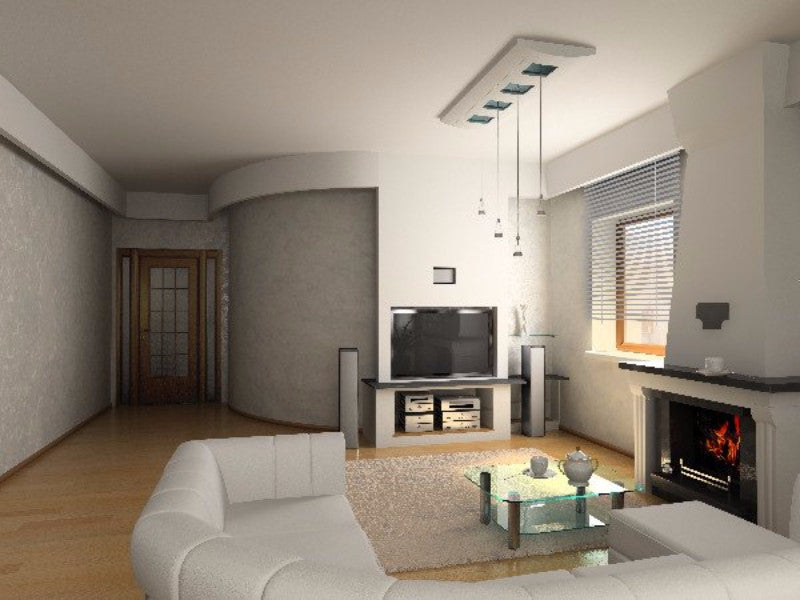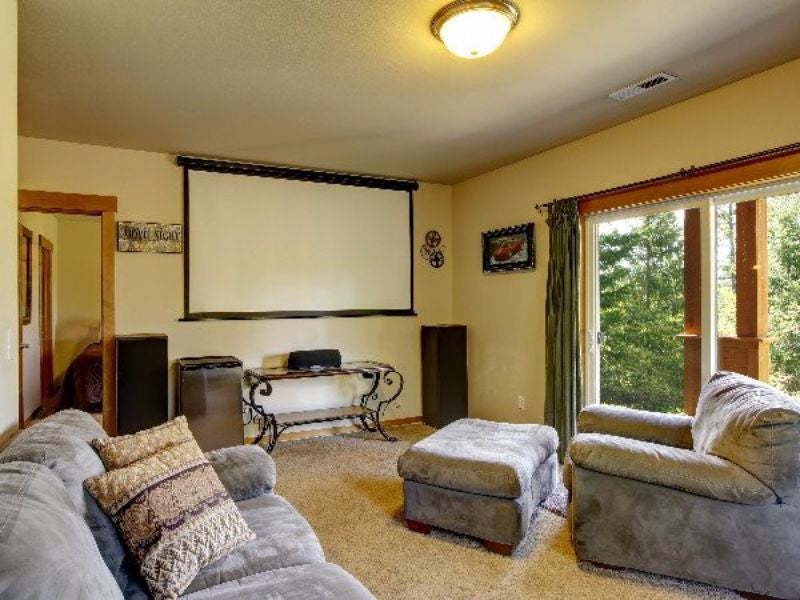Hifi System
How to Get the Best Sound from Your CD Player
Backdated as CDs may be, there are a lot of people who still stick loyally to their old audio systems, and there are also a few people who consider buying new CD player for the most obvious reason – their entire music collection is in the form of CDs. If you fit the criteria, read on: you’ll find that there are a number of simple tweaks that, when implemented, drastically improves the sound of your CD player for not as big a pinch on your pocket as a new audio system.
First thing’s first, realise the limitations of your CD player. Understand that there is no way that your CD player can compete with a DVD-A player or a Blu-Ray: an average CD is 16-bit, has a sampling rate of 44100 kHz, and a bit rate of only 1411 kbps – all of which are about a quarter of what counts as HR Audio. It will be much easier for you to assess the performance of your CD player once you come to terms with its maximum capacity as a device.
The next step is to find weak links. As with any complex process, the weakest link in the system is about as good as the system works. There can be a number of things wrong with your CD player that could bring down the sound quality. This article will guide you through some of the common aspects of your sound system that could bring down its performance.
- Consider Where It Sits
Most people do not take this into account, but much of the good sound from a disk comes because of stability of operation. If your CD player sits on a surface that is not level, stable, or one that is prone to vibrations, do not expect it to perform at its best. The simple reason behind this is that the vibrations will interfere with the rotation of your CD and lead to unwanted noise in the audio. The best place to put a CD player is on top of an audio equipment rack – preferably one made out of solid wood or high density fiber.
- Look for Other Sources of Vibration
Vibration can come not only from the apparatus but also from your surroundings. If your windows are tattering because of the drum beats, consider supporting them to ensure silence. Sometimes, even little things such as the very LCD display on your CD player can interfere with the sound – consider turning it off. Most CD players come with the option.
- Try the Sound with Studio Monitor Headphones
If you don’t have your own studio monitors, borrow one from a friend and check out how your CD players sound with those. These headphones are built to mimic the sound of the recording studio perfectly, and you should get the best quality of sound that your device is capable of producing with them on. If you see a considerable difference in quality, then be assured that this one of your peripherals that is causing the problem.
- Speakers
Did your CD player come with its own speakers? If not, look into the quality of speakers that you purchased. Needless to say, compromising with speaker quality will adversely affect any sound you get. Take a look at the connection options that your device has and ensure that you have a speaker that does justice to the quality that your CD player warrants. For example, if your front speakers come with two terminals for input while your CD player has an option for surround back sound that is empty, there are things you can do. Understand that each of the output sockets from your CD player are attached to the amplifier. Hence, merely attaching your surround back outputs to the second input of your speakers should bring up the sound quality provided you use decent interconnects. Speaking of interconnects…
- Ensure You Have Decent Connections
People just don’t pay enough attention to the importance of decent interconnects. If you have analogue cables that are old or otherwise damaged, do not expect to hear decent sound. Some pretty decent analogue cables can be found on Amazon for just around 15-20 dollars, so if you can’t remember the last time you bought cables, it’s time to buy those.
- Consider Spending on a DAC
A DAC, or a Digital to Analogue Converter, is a gem of a device that can be connected to your CD player using a coaxial digital cable. At an expense of around 300 dollars, you can revolutionize the sound that your CD player gives you. Not only that, your DAC will work with pretty much every audio appliance in the house, giving you an all-new audio experience.
- Look at the Quality of your Music
If you’re using your CD player exclusively for CD's, then ensure that your discs are of appropriate condition. If you have a disc that is even mildly damaged, it’s likely that you will have compromised sound. However, this can easily be taken care of by using one that is new. On a similar note, if your CD player supports – and you play – files from a pen drive or directly from the computer, ensure that the music is lossless, or in case of lossy music, with a relatively high bitrate (e.g. MP3s below 320 kbps may not produce the best sound).






Comments
0 comments